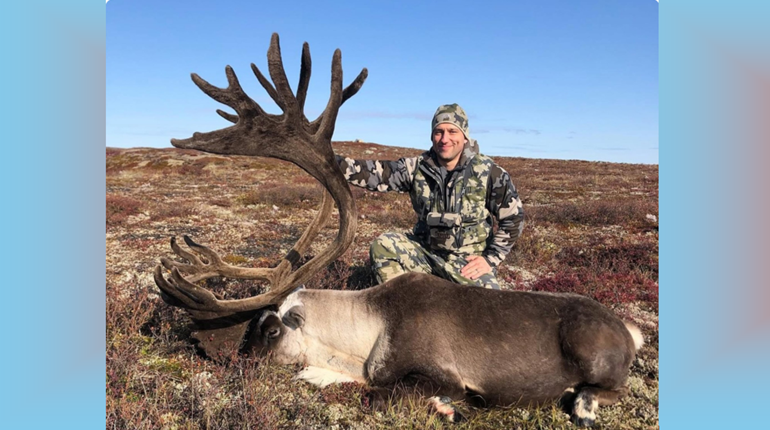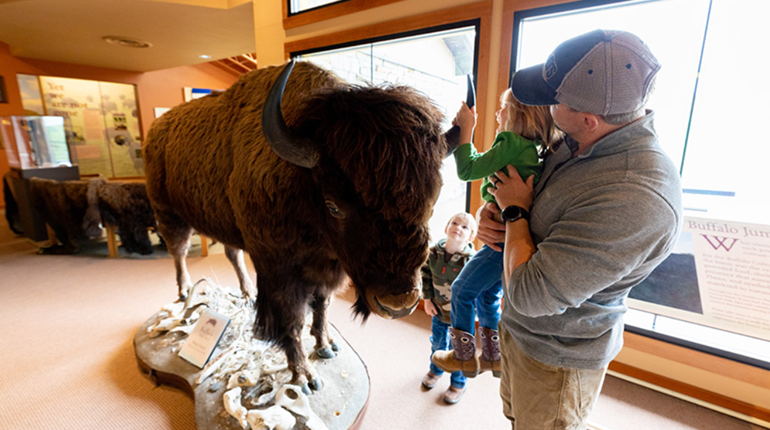
Since 1957, Oklahoma has recognized that yes, sometimes mountain lions are spotted in the state, but that there's no native breeding population. However, that appears to have changed in the last few months, now that the Oklahoma Department of Wildlife Conservation (ODWC) has confirmed reports of two separate mountain lions observed with kittens in different regions of the state.
The Wildlife Department has confirmed 85 sightings of individual cats since 2002, with an uptick in confirmed sightings in 2023. So, why did ODWC believe that all those sightings didn't represent a breeding population? Well, up until now, the closest established populations are in Texas, New Mexico, Colorado, and Nebraska, which are close enough to cause "transient" lions to show up in the Sooner State. That's because female mountain lions are thought to have a home range of up to 75 square miles, while that of males may be up to 275 square miles.
But that's all changed now. Photographic evidence of an adult mountain lion with two half-grown kittens was taken in Osage County in October 2024, and of an adult with three smaller kittens in Cimarron County in December 2024. These family groups represent the first proof of possible reproduction of mountain lions within the state.
“While exciting and interesting, these sightings are just one small piece of the puzzle needed to better understand this species,” said Jerrod Davis, furbearer biologist for the Wildlife Department. “It's our first piece of evidence that mountain lions may be breeding in Oklahoma, a key indicator the population is becoming established. That two female mountain lions have established at least part of their territories in Oklahoma is a direct reflection of a healthy ecosystem."
Adult mountain lions are light brown in color with a pale or white belly and black tail tip. The backs of the ears are usually black. The tail is more than half the length of the head and body. Males weigh 120 to 160 pounds on average while females average 75 to 110 pounds. From nose to tail, males may measure 8' in length and stand 30" at the shoulder. Juveniles have shorter tails and spotted coats that fade with age.
What does this mean for Oklahoman wild-game numbers and hunting seasons? Though mountain lions are opportunistic hunters that feed on a variety of large and small mammals, deer are a dietary staple. One Texas study reported white-tailed and mule deer made up 82% of the species’ diet. Other studies show mountain lions kill an average of 48 ungulates annually, per individual, across their North American range.
There is currently no mountain-lion hunting in Oklahoma. That said, a 2007 law allows for the killing of mountain lions depredating livestock or when people are threatened. (To date, this has only happened once.) In the event a mountain lion is taken, a Wildlife Department employee must be notified immediately and the intact carcass, including the hide, must be presented within 24 hours for collection of biological information.







































